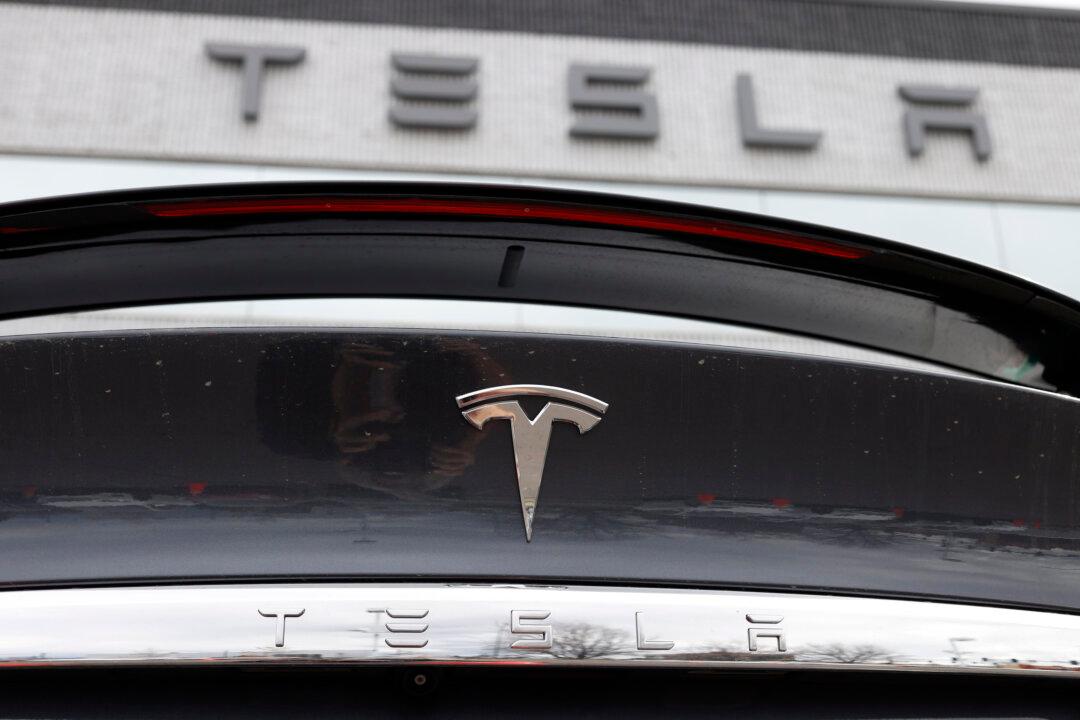DETROIT—Tesla’s sales from April through June fell to their lowest quarterly level since last fall as supply chain issues and pandemic restrictions in China hobbled production of its electric vehicles.
The company on Saturday disclosed it sold more than 254,000 cars and SUVs from April through June, an 18 percent drop from the first three months of this year and also well below the pace in last year’s final quarter.





